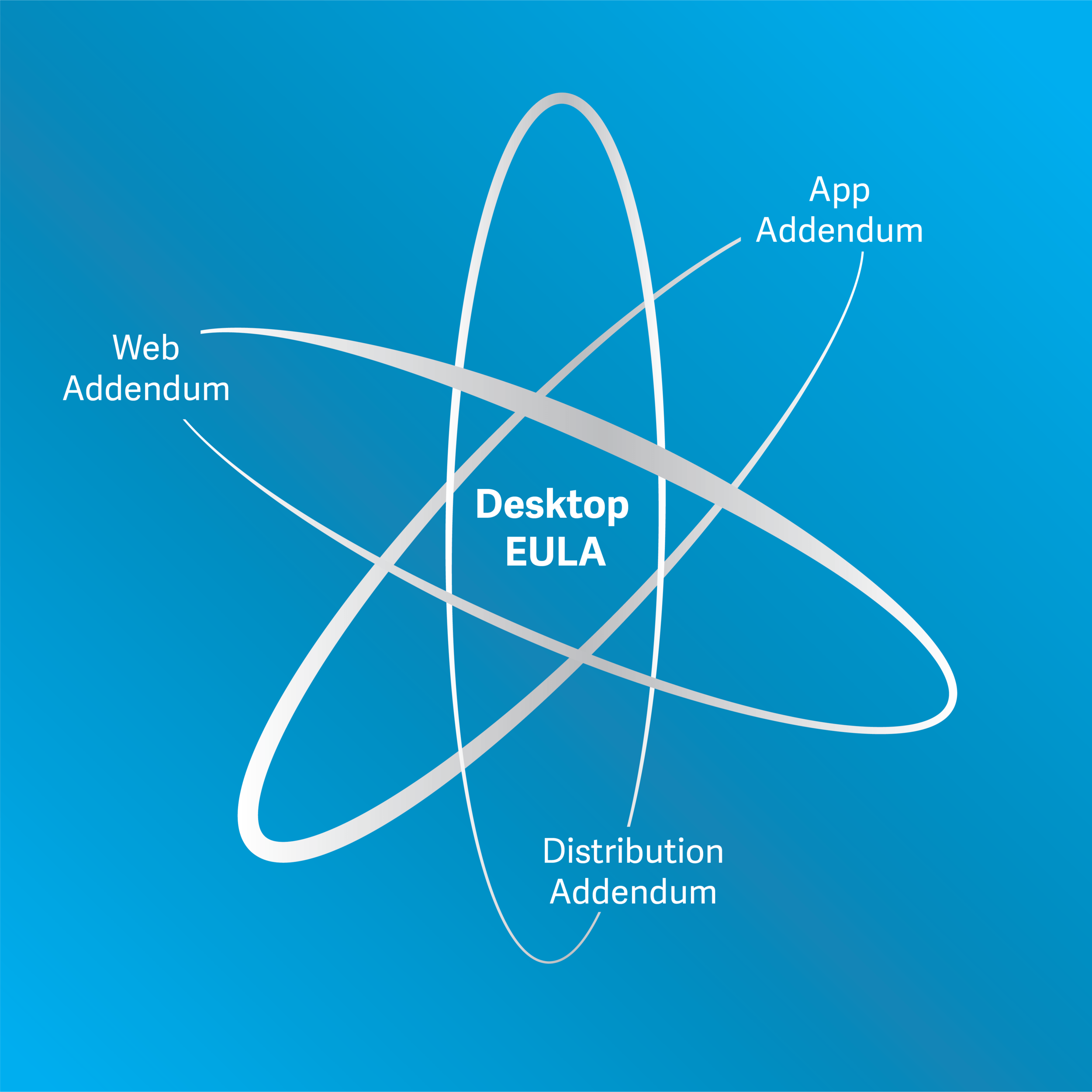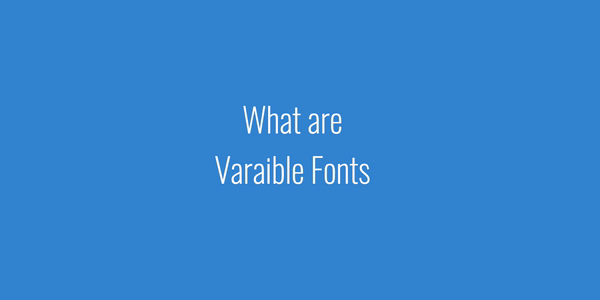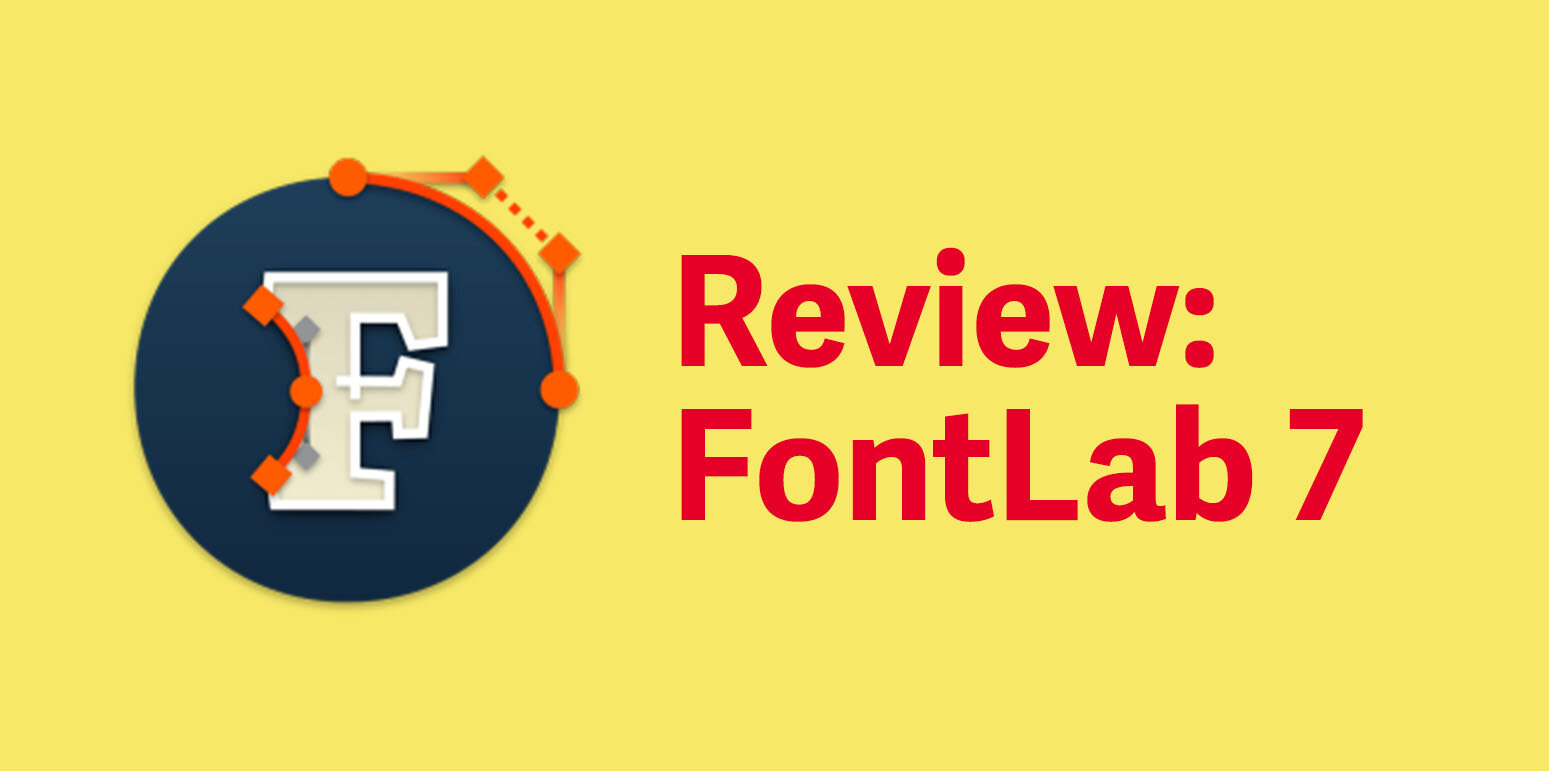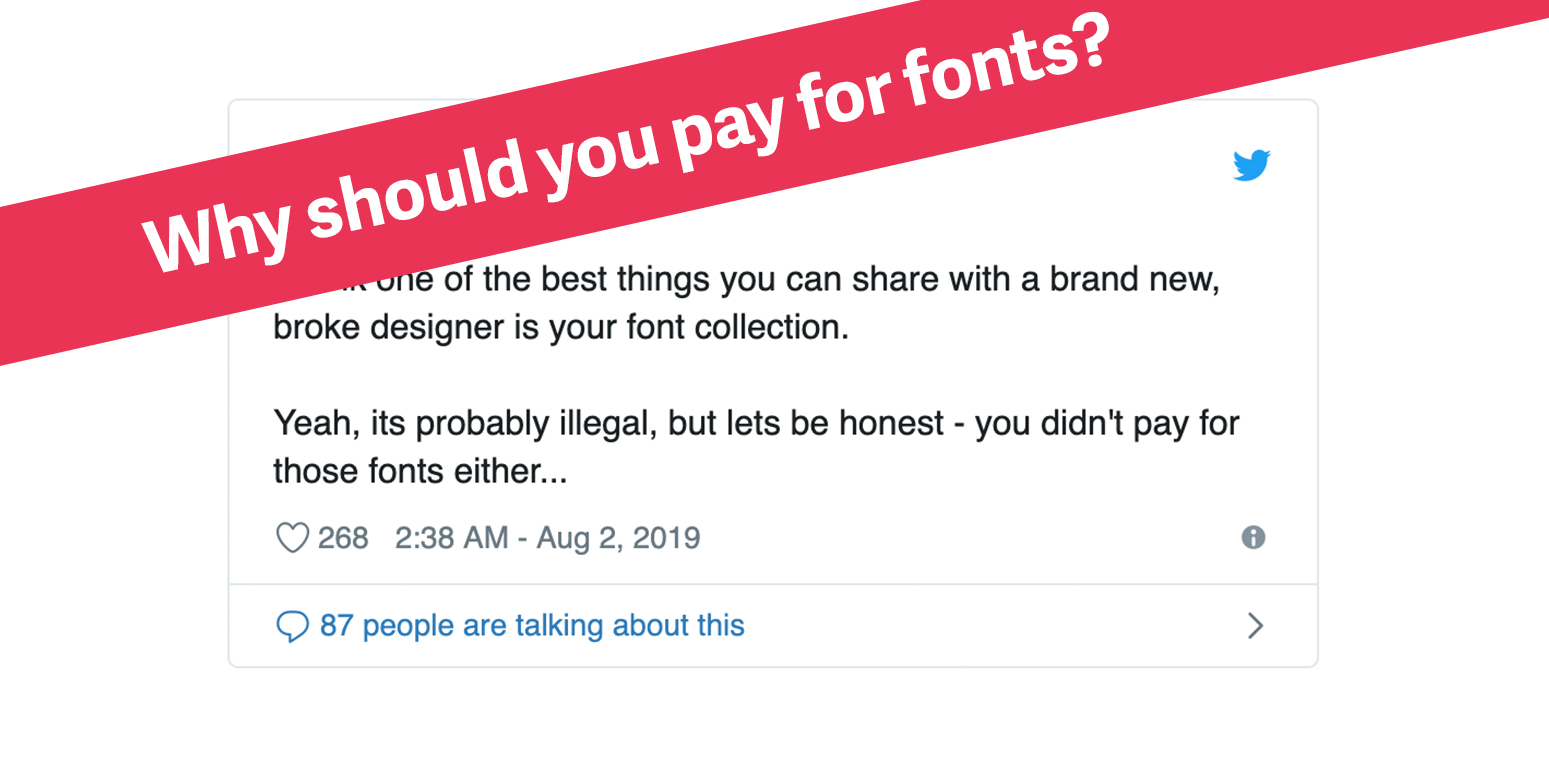Exploring End User Licensing Agreements
As I was looking into selling typefaces I have had a long list of tasks that I need to accomplish in to sell fonts independently. A small task at the bottom of my list was to “legal stuff”, I didn’t know the name for the “legal stuff” until I googled it: End User License Agreement or EULA for short. I have purchased and downloaded fonts before, I am ashamed to admit as a type designer that I had never paid much attention to them. Thankfully I am not alone in not reading the EULA, Joyce Ketterer in her ATypeI video mentions that her lawyer who writes her EULA doesn’t even read them when she is downloading new fonts.
As I was trying to figure out how to get my hands on a EULA I googled “EULA template for Fonts” and nothing came up. I searched the internet trying to find any information I could about EULAs this led me to a few ATypI videos (linked below). Watching these ATypeI videos inspired me to research and read the EULAs of more than 20 foundries to see what they really say. Below I will go into a deeper analysis of what I found out when I was looking into EULAs.
After reading and dissecting and learning as much as I could (as a layman) about EULAs I came to a few conclusions. The first was to hire a lawyer. While spending lots of money on a lawyer is not fun, especially when you aren’t making money, it is important to do because they can save you a lot of money in the end. The second thing I learned was the goal of writing a EULA should be to make it as user-friendly as possible. I found that the best EULAs were written by the designer or in conjunction with the designer and a lawyer. This ensured that the EULA was easy to understand.
This exercise taught me that a EULA is almost a declaration of how a type foundry intends to make money. EULAs spell out the way that products are going to be sold and therefore how the money will be made. For example, saying that your foundry will sell web fonts is a different model to make money than foundries that include web fonts in their basic EULA.
I had another designer tell me that the goal was to be able to describe exactly how it functions after a few drinks. This is a great goal because it means that it is simple and straightforward. Joyce Ketterer talks about enforcing her EULAs when companies break them in her ATypeI video and make the point that people get defensive when you tell them they are in violation of the EULA. Therefore, by making the EULA easy to understand you don't seem like you are trying to trick someone who is in violation.
In her second AtypeI video, Ketterer lays out the structure for a EULA that is simple, easy to understand and easier to use for both the end user and you as a type designer.
Atomic Model
Ketterer’s model is based on the idea of an atom. In the center of your atom you have you basic EULA for a Desktop license. This spells out all of the basic things that people can and can’t do with your fonts. This typically addresses embedding, sharing license, how many computers, etc. Around the nucleus, there are other options that can be added on, web license, app license, distribution, etc. Each of these add-ons or addendums are short little contracts that spell out the extra specific thing that can be added to the standard Desktop EULA.
This model is effective, as Ketterer points out because it cuts down on the duplicative contracts that can be long and hard to understand, which can lead to fewer contract negotiations. It also acts as a simple way to sell your fonts. The atomic model is also a simple way to understand pricing structures for the end user. After looking at the EULAs for 20 plus companies I have learned that few agreements are simple and easy to understand, and many of them are in fact difficult to understand, which is not good for the end user.
23 Foundries and Counting
When starting analyzing EULAs I decided that it would be best for me to create a chart that records everything that foundries specifically mention is or isn’t permissible with their standard desktop EULA. Bellow is the chart that I created and a breakdown of some interesting things I discovered when looking at them.
First and foremost the most user-friendly EULAs I found were from Darden Studio, David Jonathan Ross (DJR), and Tobias Frere-Jones. All of these EULAs easily and simply spelled everything out. For the most part, the specified what they do not allow implying that everything else was allowed. This was much easier to understand than other foundries like Commercial Type who try and spell out all of the things they allow, which often times was vague and led to long lists.
One feature of Tobias Frere-Jones that I particularly enjoyed was the title of each section said exactly what was contained in the paragraph below. So if the paragraph was about not being allowed for web use the title was “4.1 No Web Use”. This made reading the document much easier and less confusion.
Both Darden Studio and Commercial Type have running descriptions next to the sample EULA on their website which clarifies what different paragraphs are talking about. This helps make it easier to quickly understand the EULA. While this isn’t in their real EULA document having it easily accessible add an extra level of ease.
DJR has a table at the top of his EULA that shows all the different types of license and what comes with that license. This helps to quickly understand what is in the document particularly for people who are not going to read the agreement.
I found that the easiest EULAs were the ones that didn’t try and list too many things that were permitted or prohibited, instead, they were simple and succinct in their EULA. For example, Commercial type identifies 9 different usages that are permitted and Darden studio list 1 usage that is permitted and 1 that is not.
Interesting clauses
Darden has in its agreement specifies that the document may change with updates in technology. They state this that if someone updates their font or purchases and extension this new agreement will apply to their previously purchased font.
Type Together calls out that you are allowed to use their fonts for media which is an ill-defined term considering media encompasses almost all usage. My assumption is they wanted to do this as they are granting very wide permission in the EULA.
Hoeffler and Co has a section dictating that you are not allowed to use their typefaces on “High-Risk Licensing”
“controlling aircraft or other modes of human mass transportation, nuclear or chemical facilities, life support systems, implantable medical equipment, motor vehicles, weaponry systems, or any similar scenario”
Tight Type which specifies that:
The use of our fonts in any racist, homophobic, transphobic or sexist context is prohibited.
I assume was born out of something similar to how social media platforms and websites are shying away from having certain hate groups or white supremacists use their platform. While there are good intentions in this clause it doesn’t seem very enforceable.
I will keep updating this chart with more foundries. If you have any data you would like to contribute please reach out to me.
Building an Open Source EULA
After researching EULAs and watching CJ Dunn’s ATypeI video on creating an industry EULA that is open source and free for everyone to use I have realized this would be a valuable tool that can help protect typeface designers and our industry by extension. Therefore a goal that I will be working towards is using CJ Dunn’s open source code to develop a EULA creator that anyone can use for free. A crucial part of this process will be to hire a lawyer that can help craft and ensure that the EULA would hold up in a court of law. If you wish to donate to help raise money to hire a lawyer for an open source EULa use the Form bellow!

